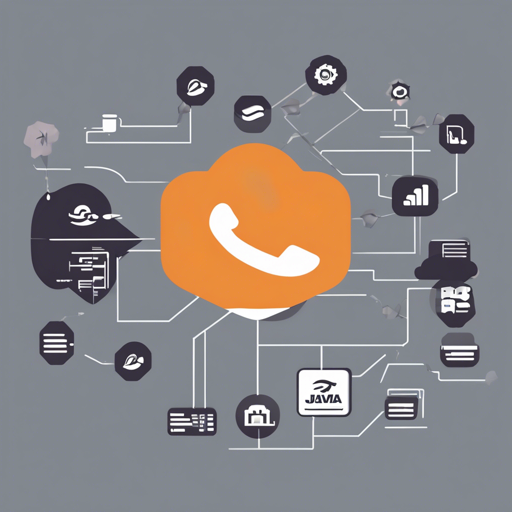Welcome, Java developers! Today, we’re embarking on a journey into the world of real-time data processing using the Amazon Kinesis Client Library (KCL). This article will guide you through the essential steps to get started with KCL, its features, and some troubleshooting tips to make your experience smoother.
What is Amazon Kinesis Client Library?
The Amazon Kinesis Client Library for Java is a powerful toolkit that allows Java developers to efficiently consume and process streaming data from Amazon Kinesis. Think of KCL as a skilled waiter in a bustling restaurant, taking orders (data) from customers (Kinesis streams) and delivering them to the chefs (your application) for processing.
Getting Started
Before you can start using KCL, there are a few important steps to follow:
- Sign up for AWS — If you don’t have one already, create an AWS account. For detailed guidance, take a look at the AWS Account and Credentials section in the SDK documentation.
- Sign up for Amazon Kinesis — Head over to the Amazon Kinesis console to create your Kinesis stream and initiate the service.
- Minimum Requirements — Ensure you have Java 1.8+ installed. Delve into more requirements in the Before You Begin guide.
- Explore the KCL — Familiarize yourself with the Amazon Kinesis Client Library by reading about Developing Record Consumer Applications.
Building from Source
You might want to modify the code or compile it from source. Here’s how to do it:
- Download the code from GitHub.
- Use Maven to build the project. To skip GPG signing, run the following command:
- To skip unit tests during build, add -Dskip.ut=true.
mvn clean install -Dgpg.skip=trueRunning Integration Tests
Running integration tests allows you to validate your setup but note that it creates AWS resources. Here’s how to proceed:
- Ensure you have valid AWS credentials stored in ~/.aws/credentials.
- To run all integration tests, execute:
- For a specific integration test, run:
- If necessary, specify an IAM user role:
mvn verify -DskipITs=falsemvn -Dit.test=BasicStreamConsumerIntegrationTest -DskipITs=false verifymvn -DskipITs=false -DawsProfile=PROFILE_NAME verifyIntegration with the Kinesis Producer Library
If you’re using the Kinesis Producer Library (KPL), the good news is that KCL integrates effortlessly with it. If KCL receives aggregated records, it’ll autonomously interact with the KPL to extract individual records.
KCL Across Languages
For those of you who prefer coding in other languages, KCL’s MultiLangDaemon makes it easy. This Java-based daemon acts like a translator, allowing different languages to communicate seamlessly while processing records using a consistent, language-agnostic approach.
Using KCL with Maven
To use KCL in your project, add the dependency to your Maven pom.xml file. Here’s how to include different versions:
For Version 2.x
software.amazon.kinesis
amazon-kinesis-client
2.6.0
For Version 1.x
com.amazonaws
amazon-kinesis-client
1.14.1
Troubleshooting
As with any technology, you might run into some issues along the way. Here are a few solutions to common problems:
- Known Bugs: If you encounter issues in version 1.14.0 or earlier versions of 2.x, consider upgrading as recommended.
- AWS Credentials: Ensure your AWS credentials are correctly set up in the config file.
- Integration Issues: If integration tests are failing, check your IAM user permissions and ensure that resources are set up correctly.
- Outdated Libraries: Always verify you are using the latest versions. Upgrade if necessary.
For more insights, updates, or to collaborate on AI development projects, stay connected with fxis.ai.
Conclusion
At fxis.ai, we believe that such advancements are crucial for the future of AI, as they enable more comprehensive and effective solutions. Our team is continually exploring new methodologies to push the envelope in artificial intelligence, ensuring that our clients benefit from the latest technological innovations.

